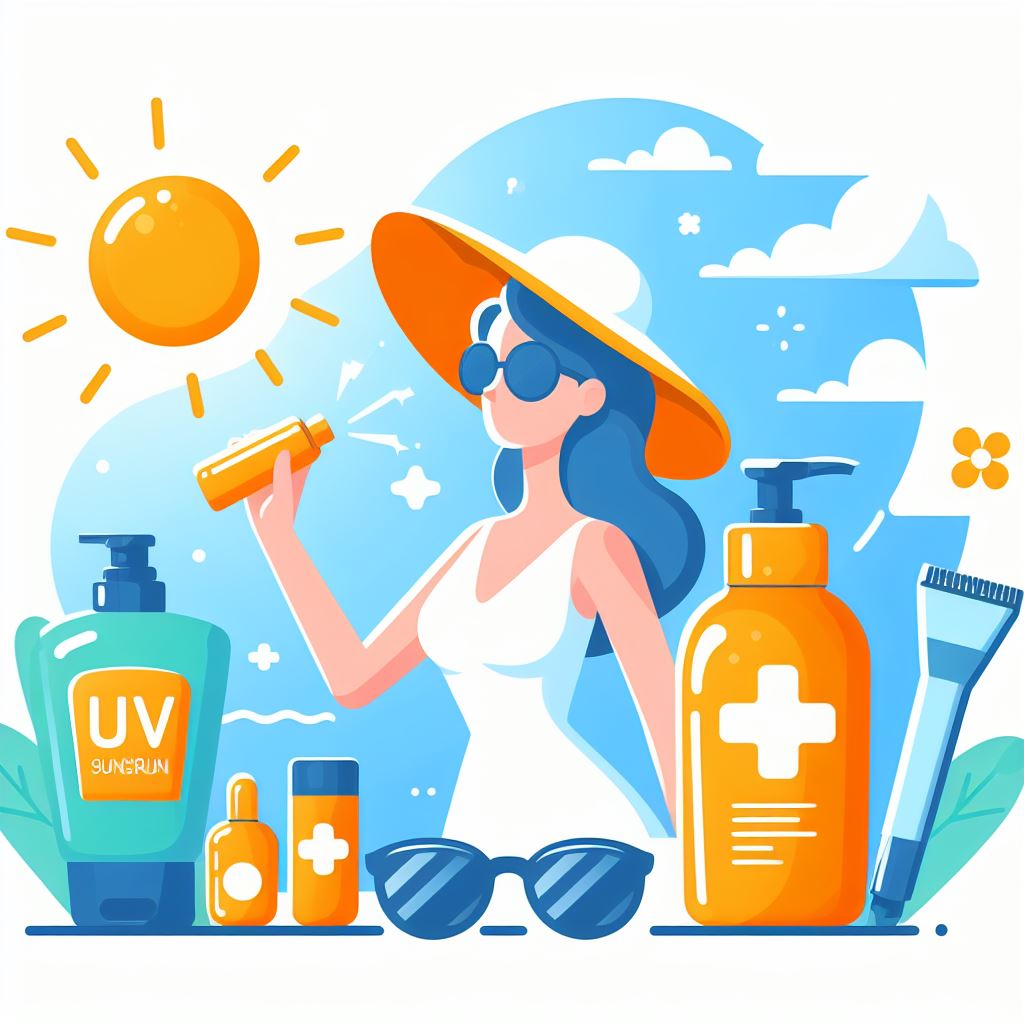Sunwise Families Understanding Sunscreen
As the summer season approaches, being more aware of the sun's damaging effects on your skin is critical. Although skin cancer is not generally acknowledged here in Nepal, sunburns and extended UV radiation exposure offer major health hazards.

While skin cancer is not as common in Nepal as in certain Western nations, it remains a major issue. The sun's UV radiation may cause a variety of skin cancers, including melanoma, particularly if you get sunburned frequently. Even in Nepal's temperate climate, continuous sun exposure without protection might raise your risk. Sunburn increases the risk of skin cancer. Most nonmelanoma skin cancers are nonmelanoma skin cancers like basal and squamous cell carcinomas, but there is a possibility of developing melanoma. Sunburn is associated with an increased risk of skin cancer at any age, but the more sunburns a person experiences, the higher the risk. Between the ages of 15 and 20 years, five or more blistering sunburns increase the risk of developing nonmelanoma skin cancer by 68% and melanoma by 80%.
Skin cancer is a major public health concern, and educational messages have focused on protecting from UV radiation and using sunscreen. Every brand and medical sector plays a crucial role in helping people understand the importance of sun protection, particularly sunscreen, and its proper use.
Understanding UV Radiation
Nepal's bright days expose people to UV radiation, which can cause sunburn, premature aging, and skin cancer. UV radiation consists of UVA and UVB rays, both of which can cause skin damage. Sunlight is a spectrum of electromagnetic energy, with UVA and UVB being the most strongly linked to photoaging and skin cancer. Both UVA and UVB radiation can harm the skin, producing cellular damage and immune function changes.
The Role of Sunscreen
Sunscreen shields your skin from UV rays, lowering the risk of sunburn and preventing it from harm. It is critical to select a sunscreen that provides broad-spectrum protection, protecting you from both UVA and UVB radiation. Furthermore, examine the sunscreen's SPF (Sun Protection Factor), with SPF 30 being the minimum suggested amount for optimal coverage.
Choosing the Right Sunscreen
When choosing sunscreen in Nepal, opt for water-resistant formulas, broad-spectrum protection, and an SPF of 30 or more. Reapply sunscreen every two hours, especially during exercise or swimming. Sunscreens absorb, scatter, and reflect UV radiation to protect against harmful rays. The effectiveness of a sunscreen is represented by its SPF, which is not related to the duration of UV exposure. The best type of sunscreen is a combination of physical blockers (zinc oxide and titanium dioxide) and chemical blockers (avobenzone, oxybenzone). Physical blockers provide greater coverage and are effective immediately after application, while chemical sunblocks absorb UV radiation 20 minutes before exposure. The choice of sunscreen depends on the type of chemical used, your skin type, and your lifestyle too.
In general, those with sensitive skin can tolerate physical blockers better than chemical blockers, even though they are typically thicker and more challenging to rub in.
Facts Vs Myths about Sunscreen
Myths: Higher SPF values provide better protection
Fact: it is essential to apply sunscreen generously and reapply it regularly for optimal effectiveness. Sun damage can occur on windy, cloudy, or cool days, as UV radiation is caused by ultraviolet (UV) radiation, not temperature.
Myth: Sunscreen is not necessary when using cosmetics with SPF.
Fact: For longer periods in the sun, use a separate sunscreen and reapply it every two hours, not just once in the morning. Most cosmetic products offer either no protection or protection much lower than the recommended SPF30.
Myth: People with olive skin are not at risk of skin cancer.
Fact: People with olive skin can also get skin cancer, as exposure to UV radiation from the sun and other artificial sources can cause permanent damage. People with less likely to burn their skin can still receive enough UV exposure to risk developing skin cancer. Care still needs to be taken in the sun.
Myth: You can stay out longer in the sun when you are wearing SPF50+ than you can with SPF30
Fact: Sunscreen should never be used to extend the amount of time spent in the sun, as SPF50+ only offers marginally better protection from UVB radiation, which causes sunburn and adds to skin cancer risk. The Cancer Council recommends applying sunscreen that is SPF30 or higher before heading outside, every two hours, after swimming, sweating, or towel drying.
So, our dear Smart Families, as you prepare for summer in Nepal's beautiful landscapes, don't forget to prioritize sun protection. By understanding the risks of UV radiation and using sunscreen correctly, you can enjoy the sun safely and reduce your risk of skin damage and cancer.


